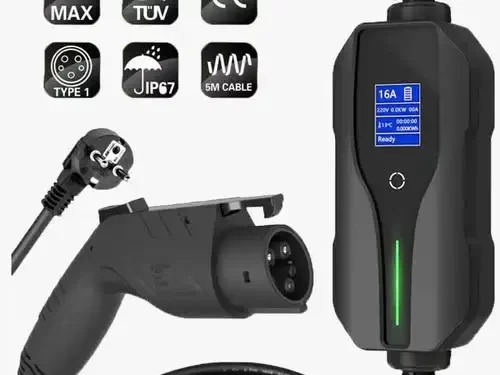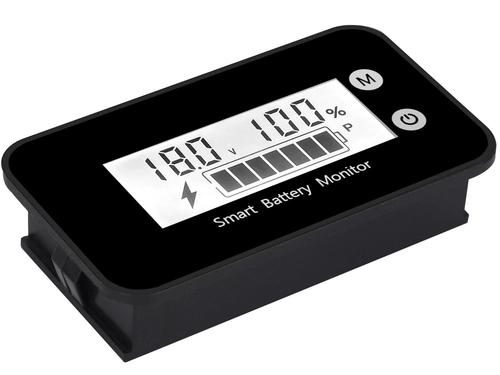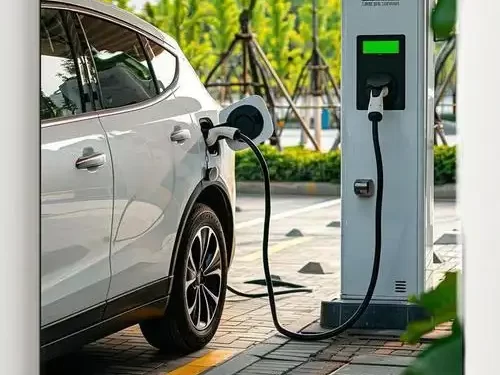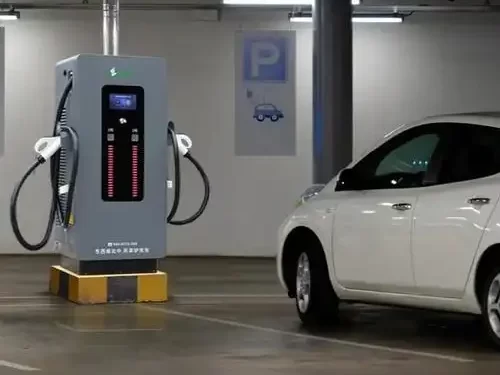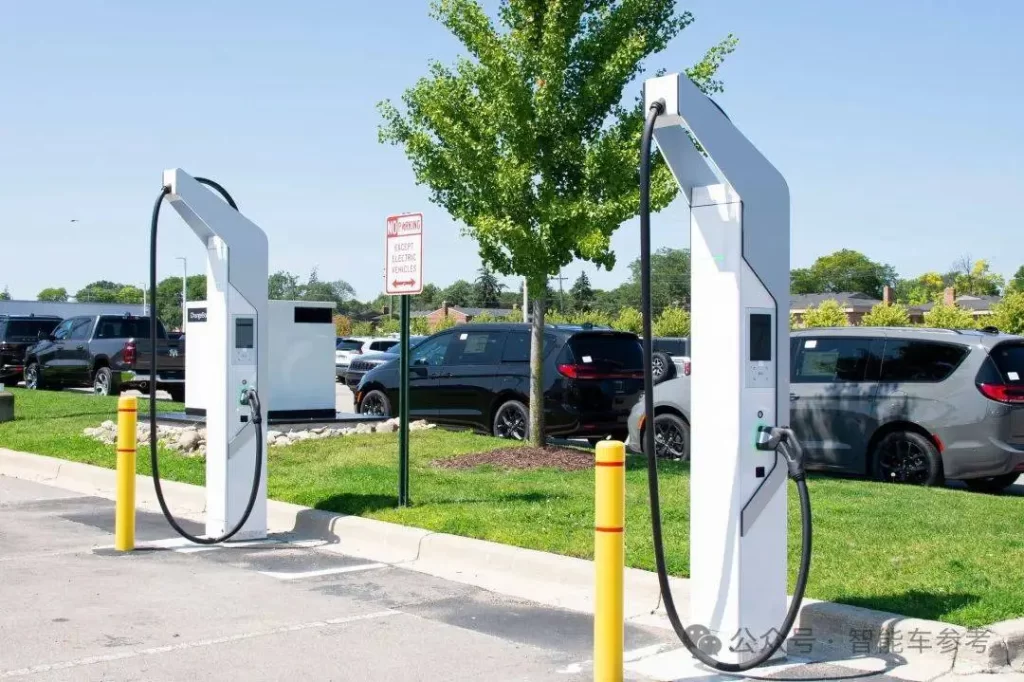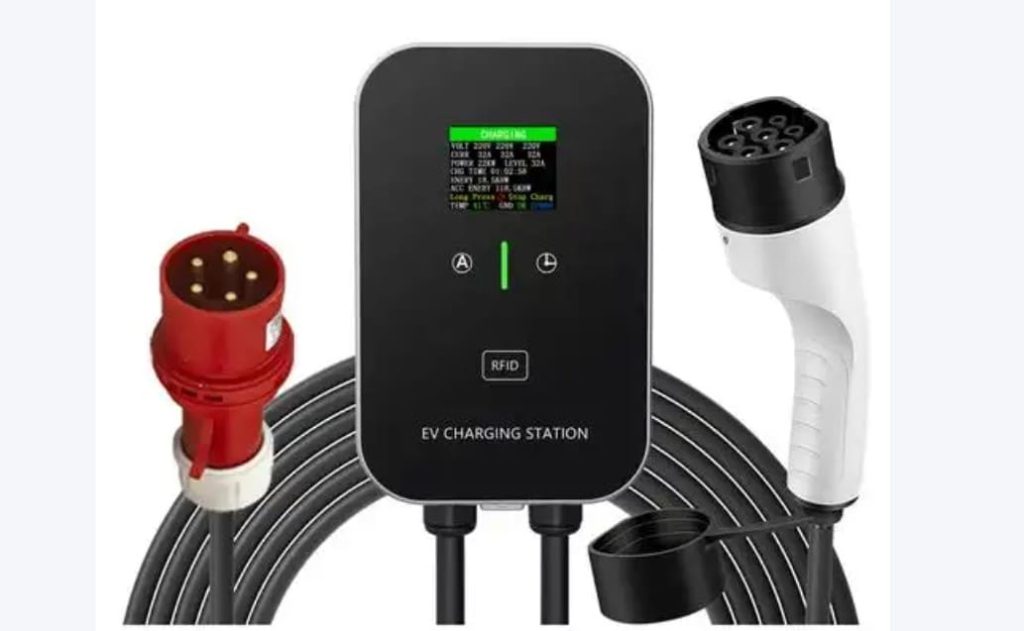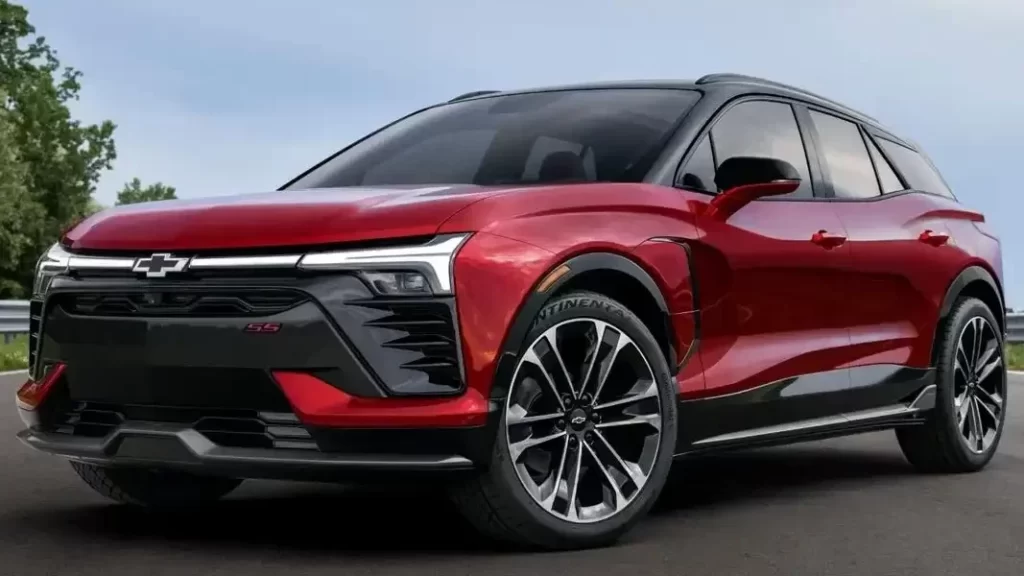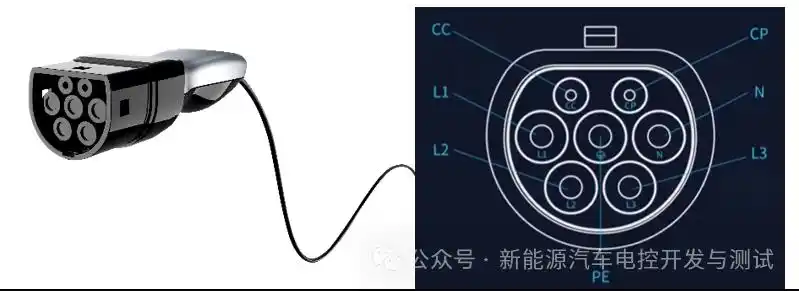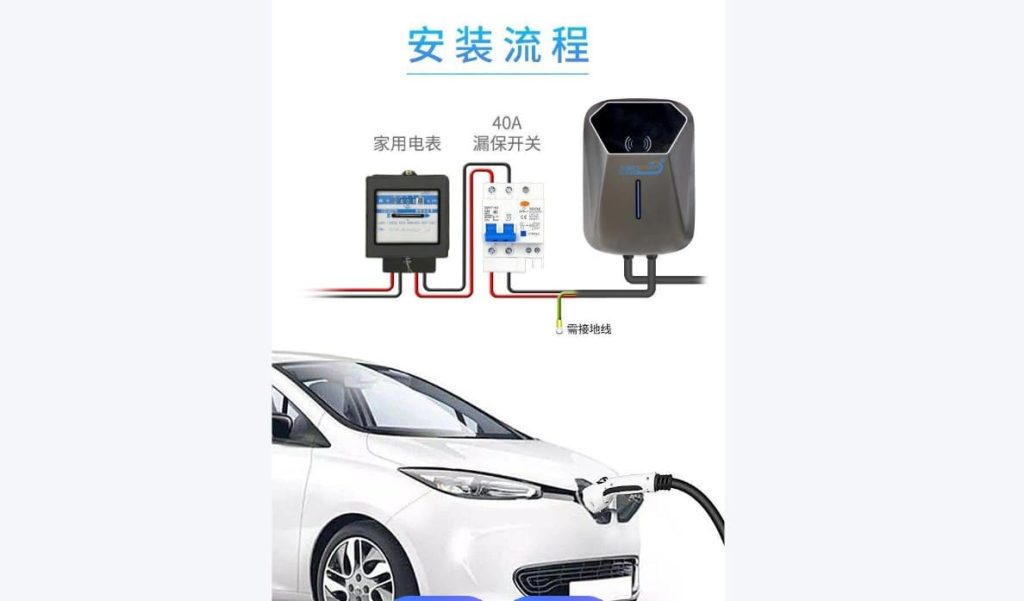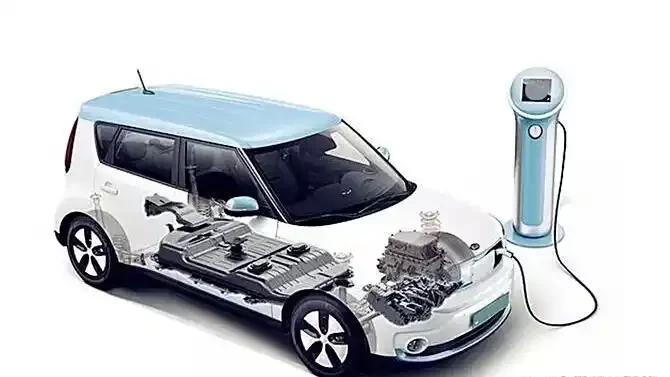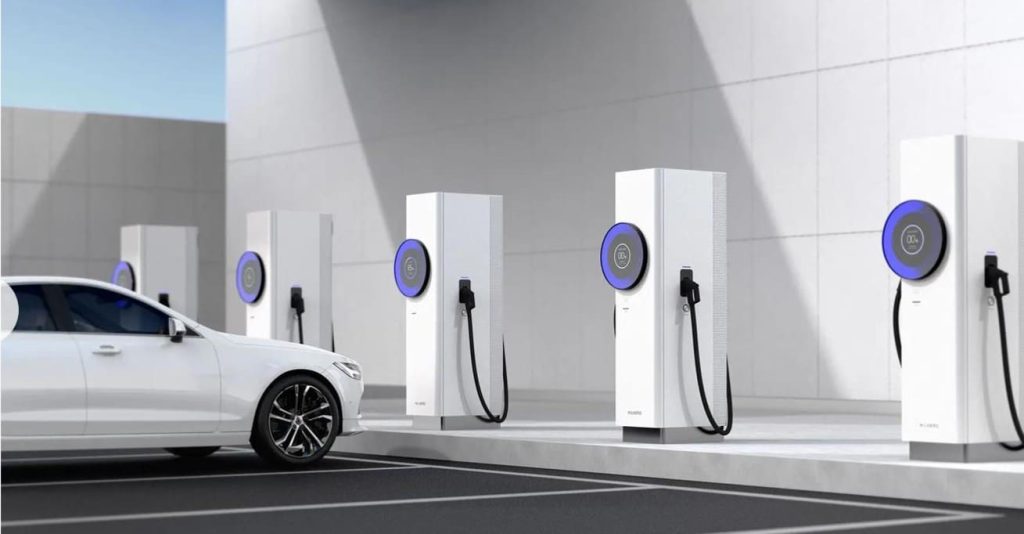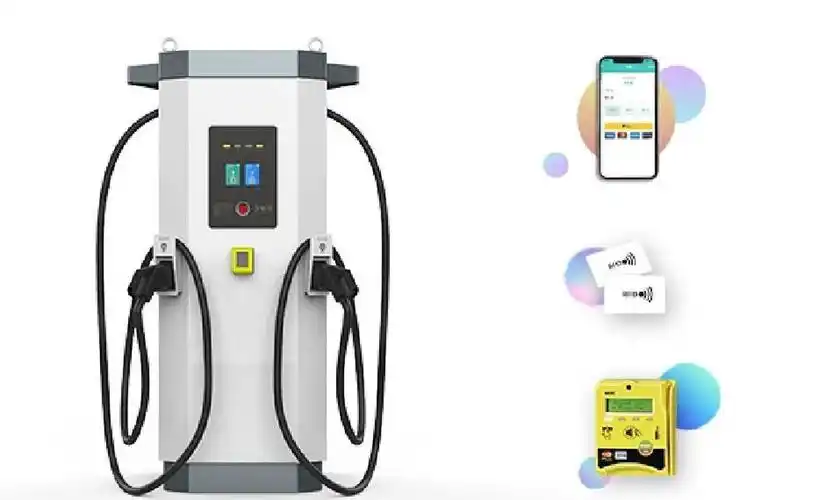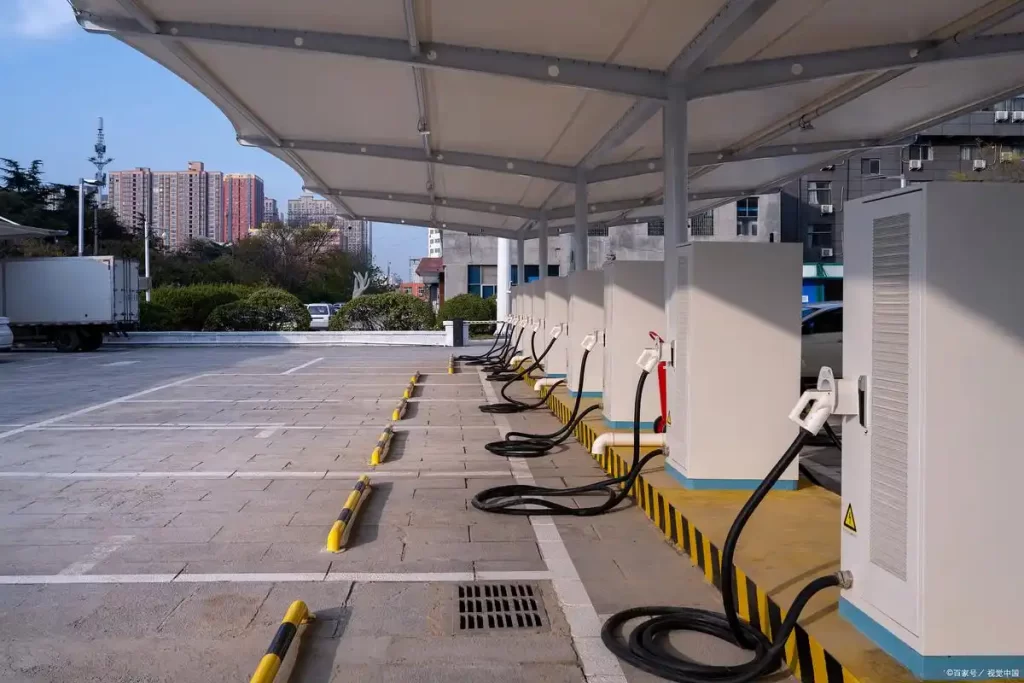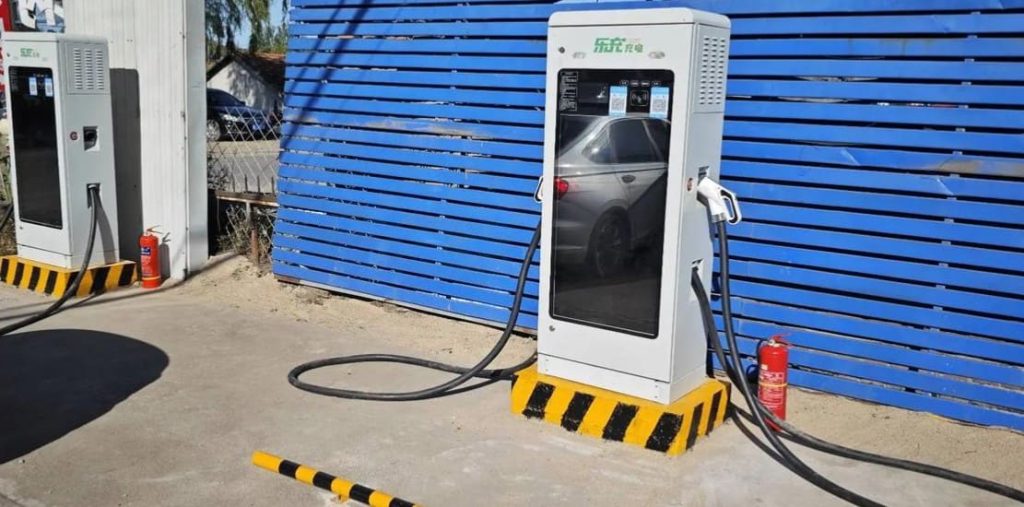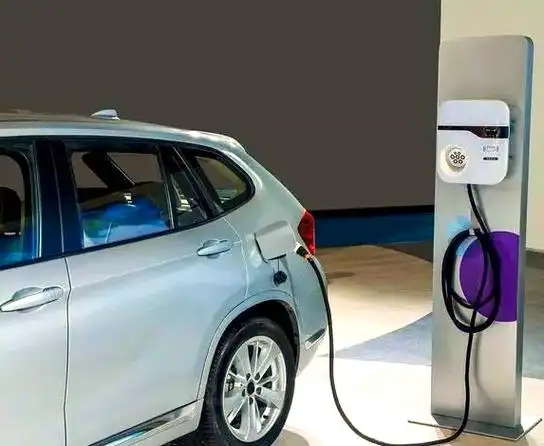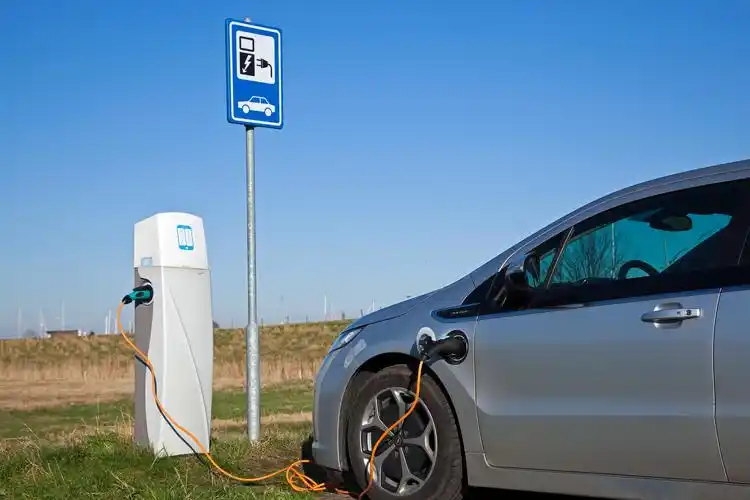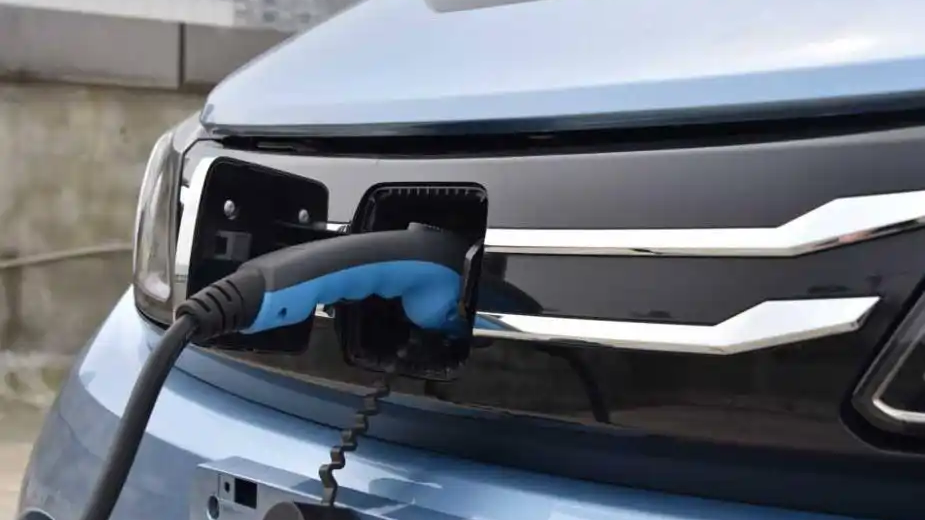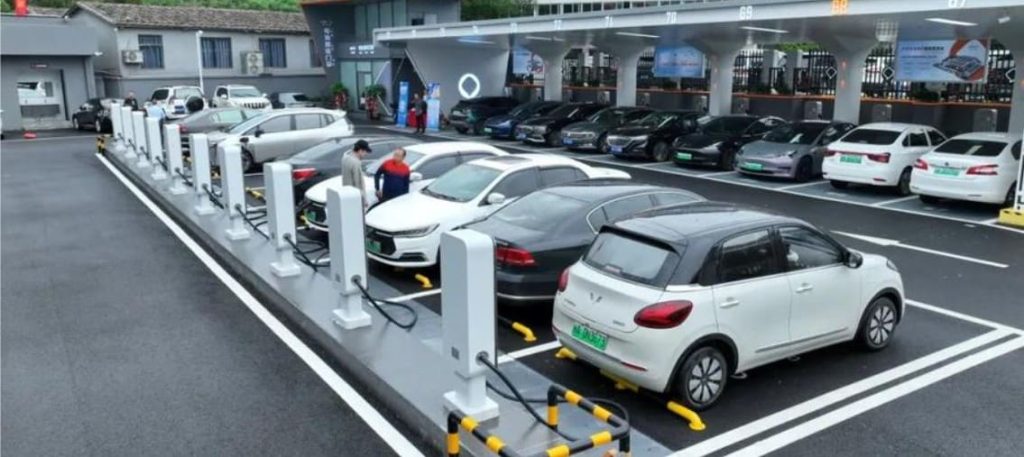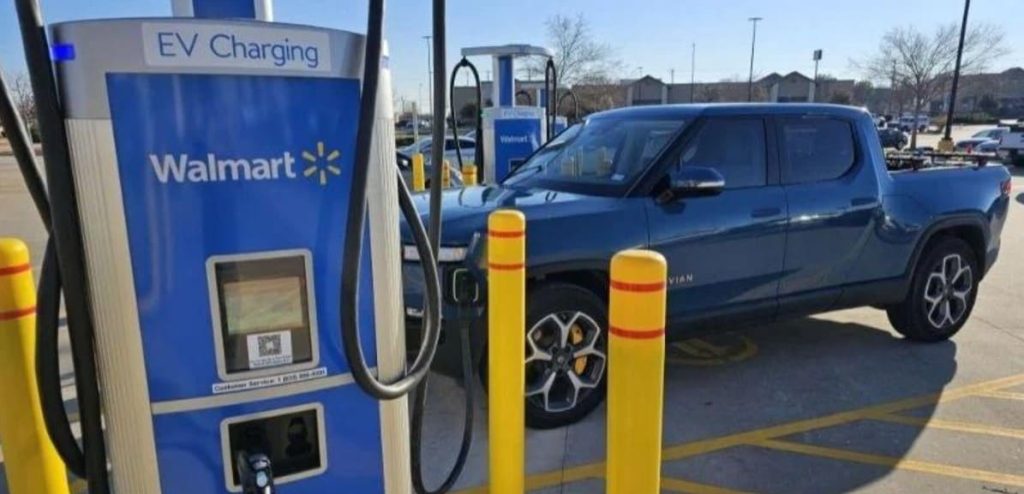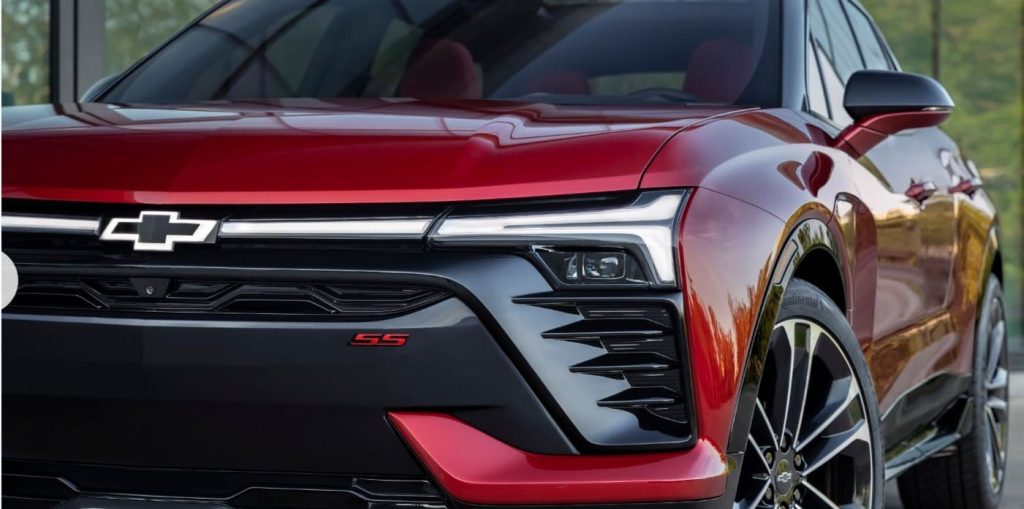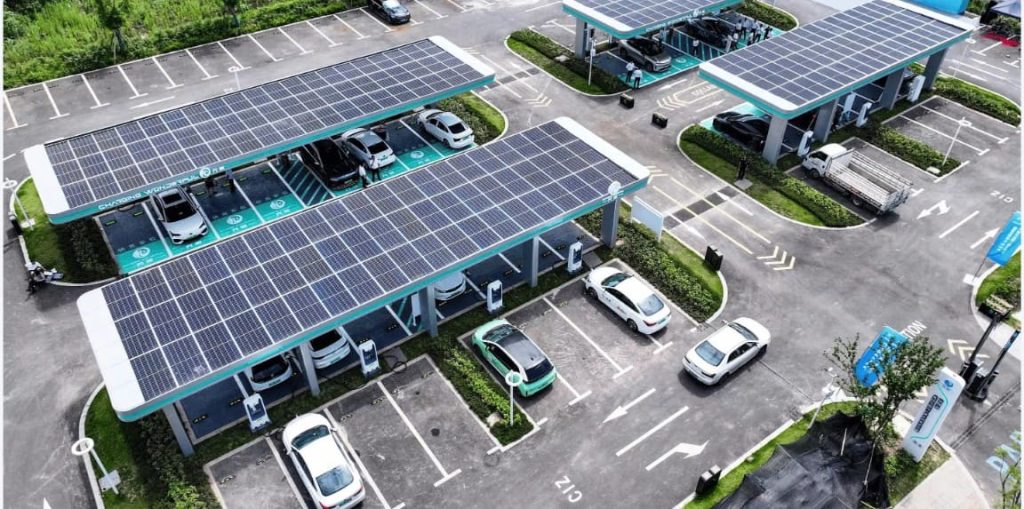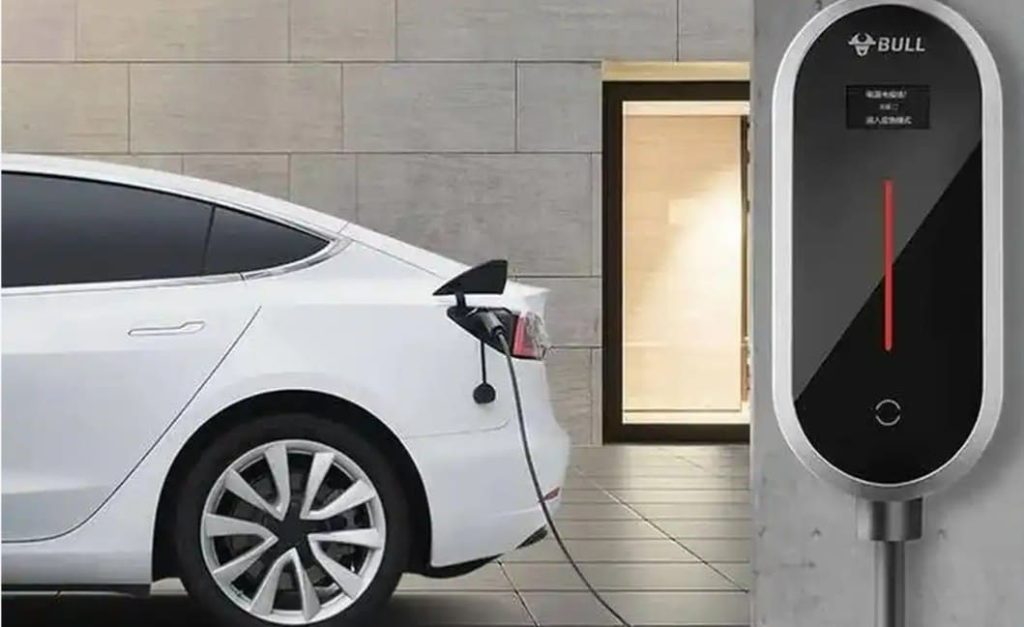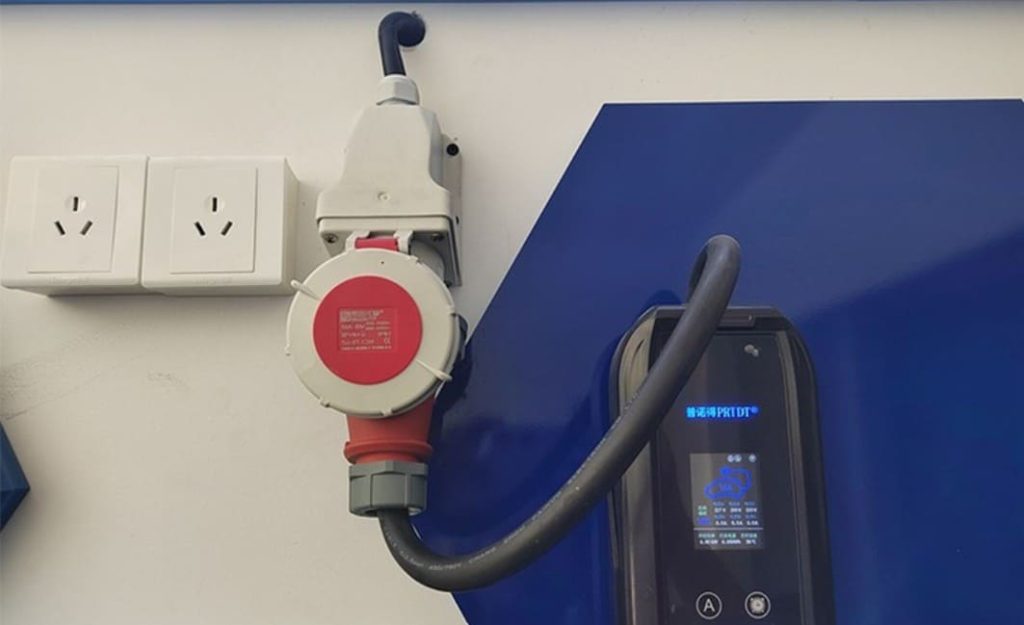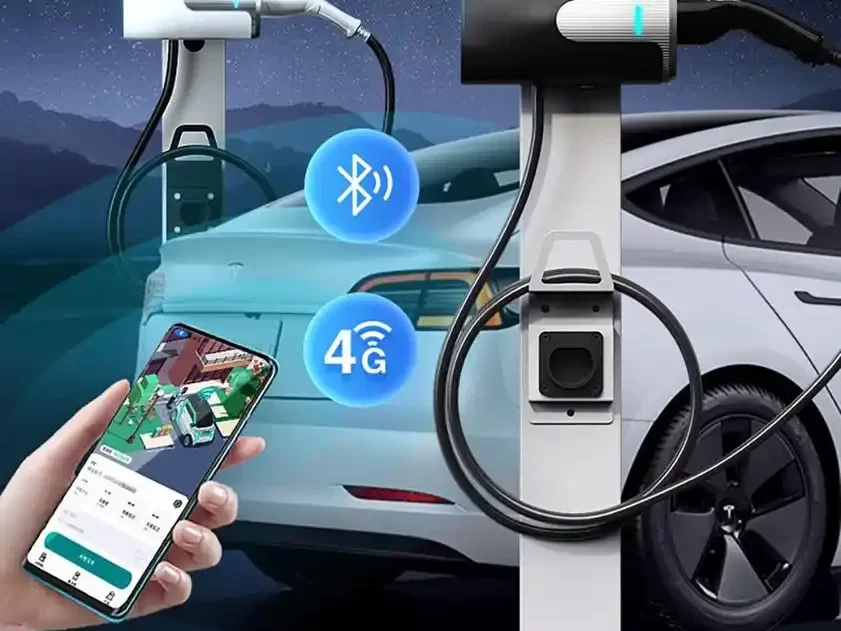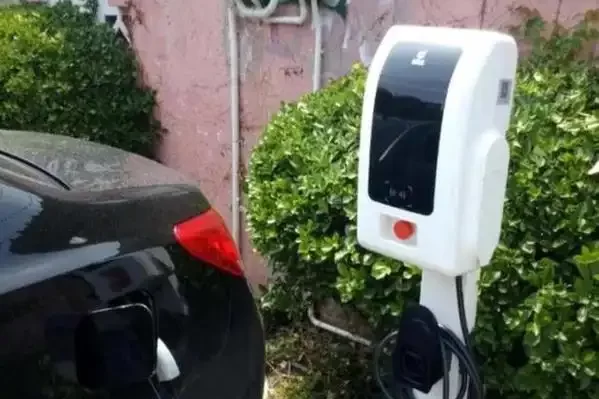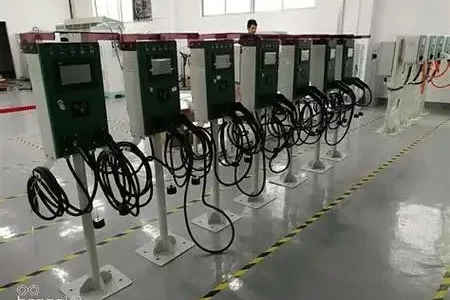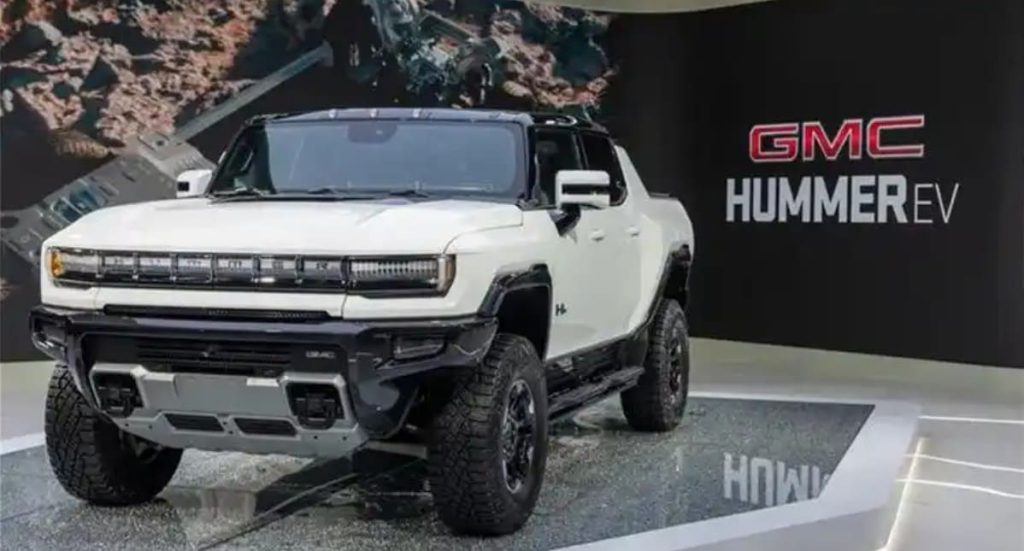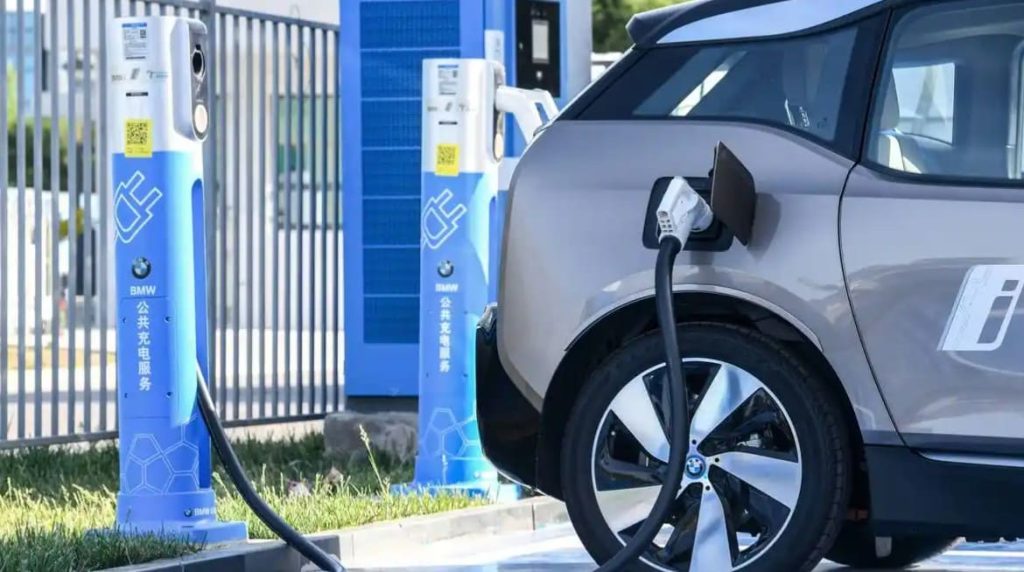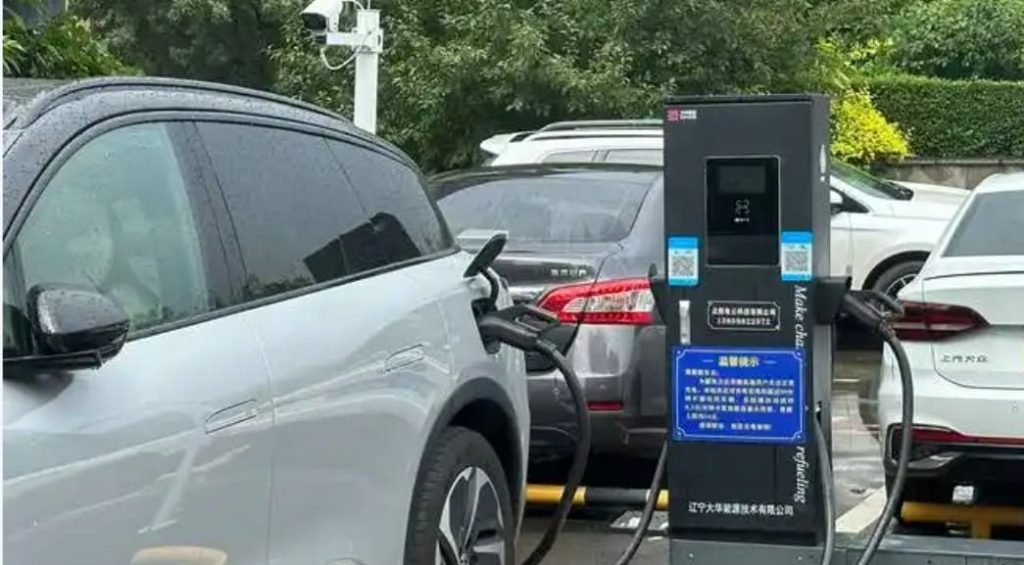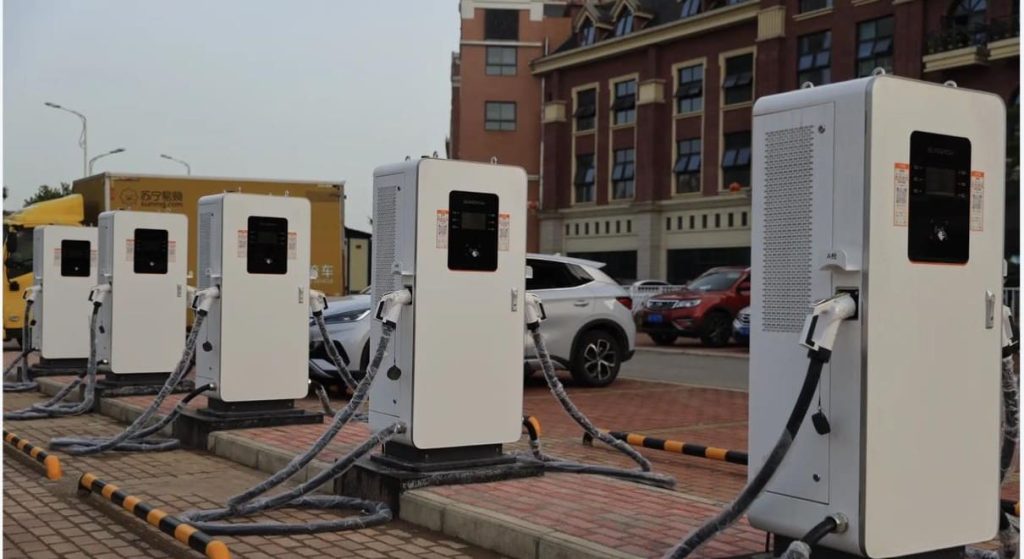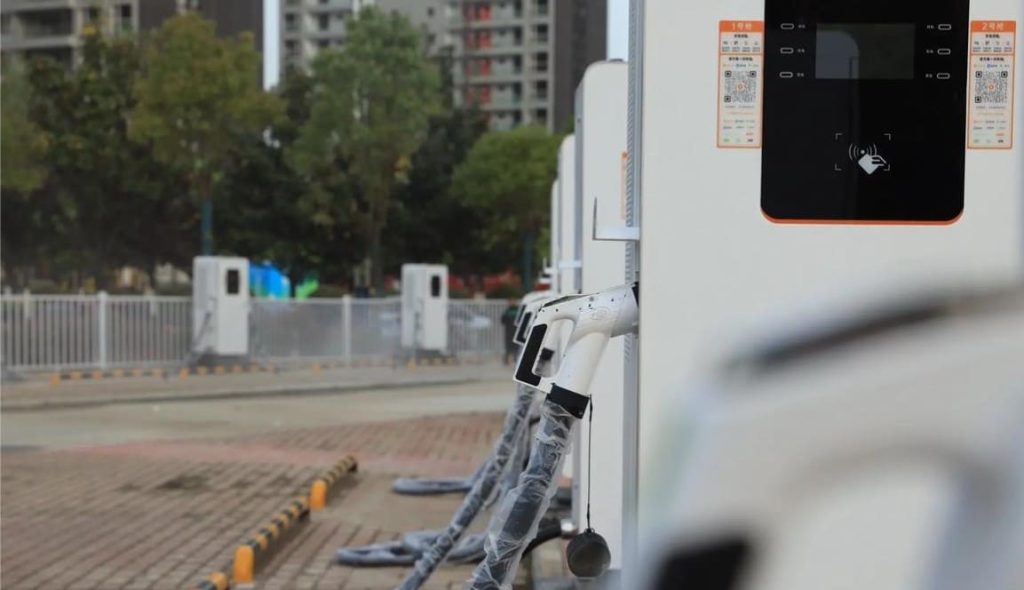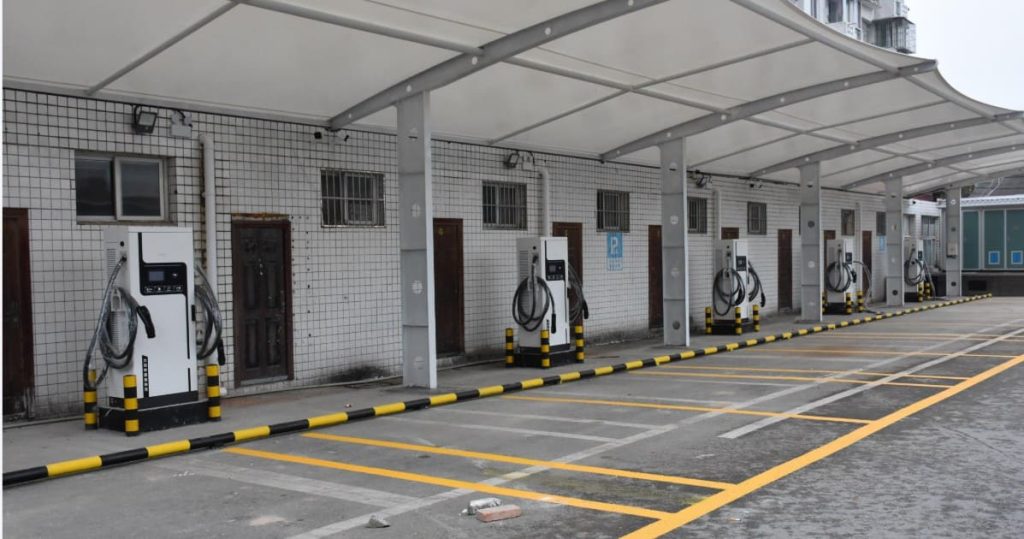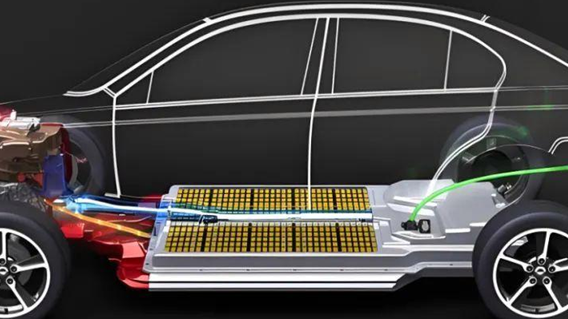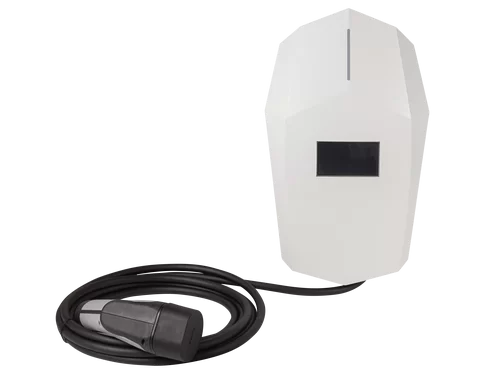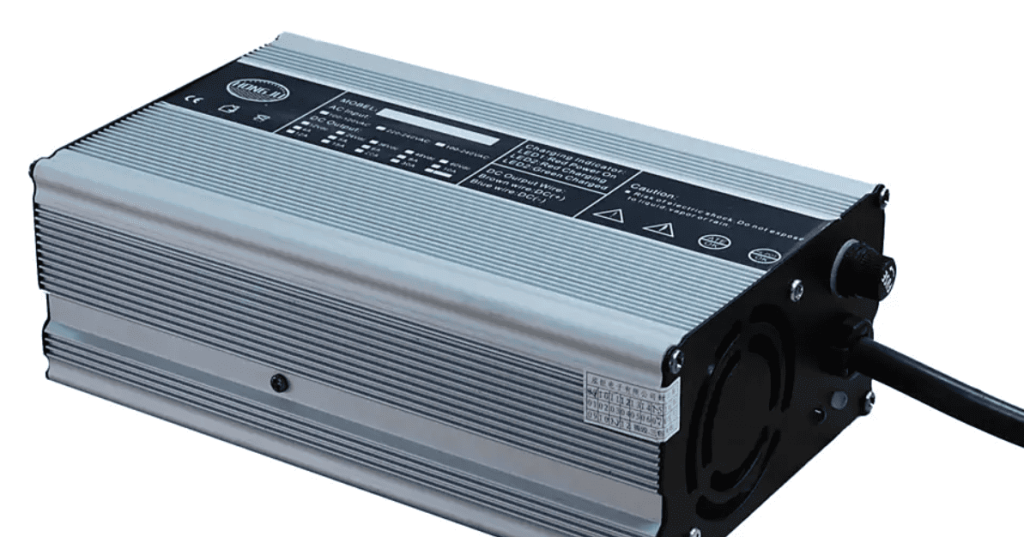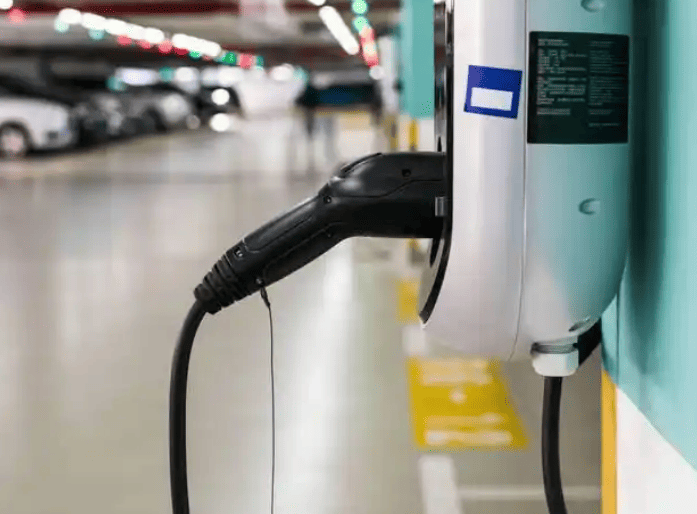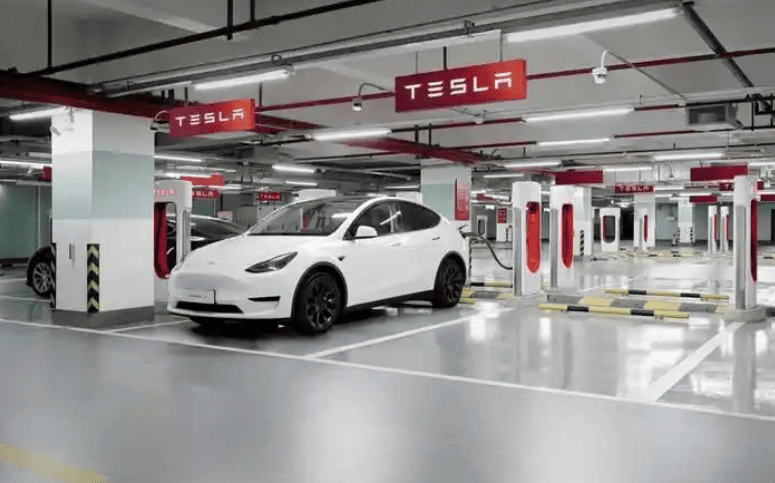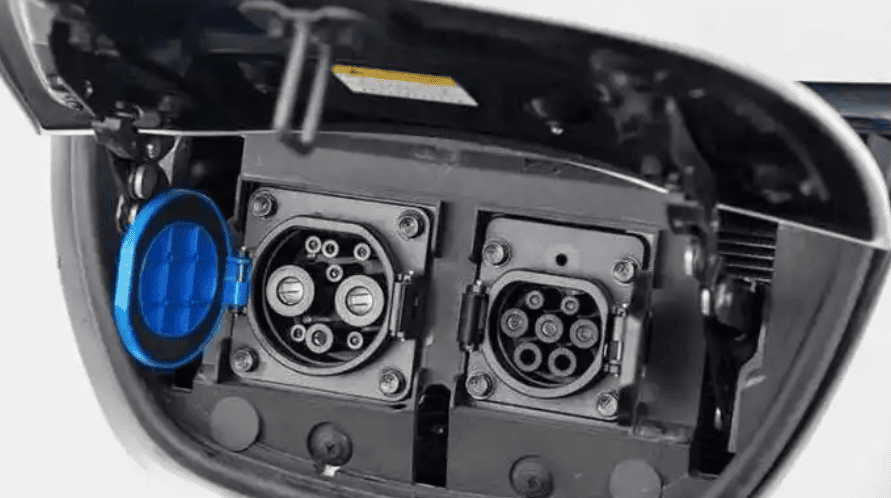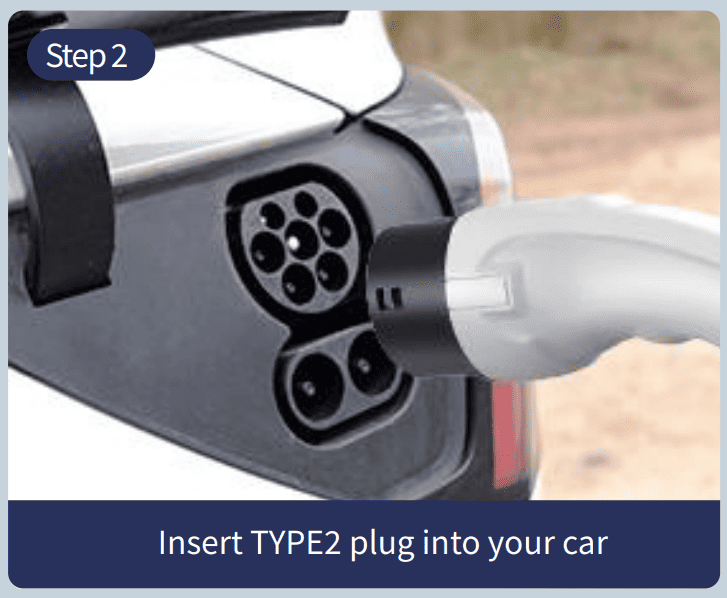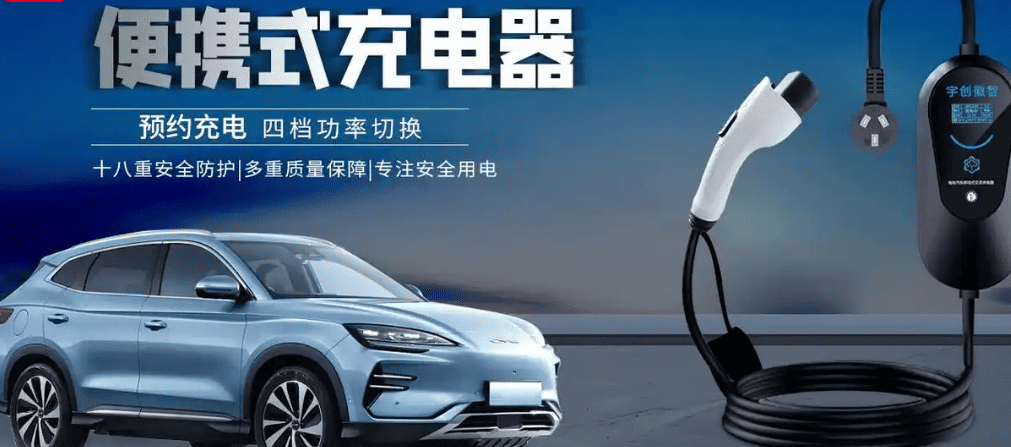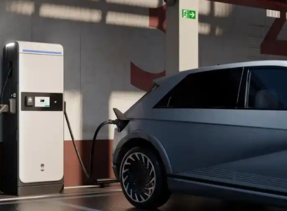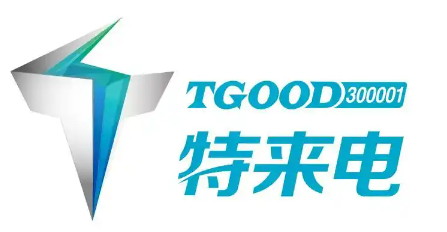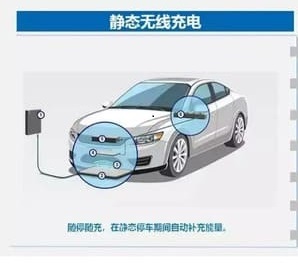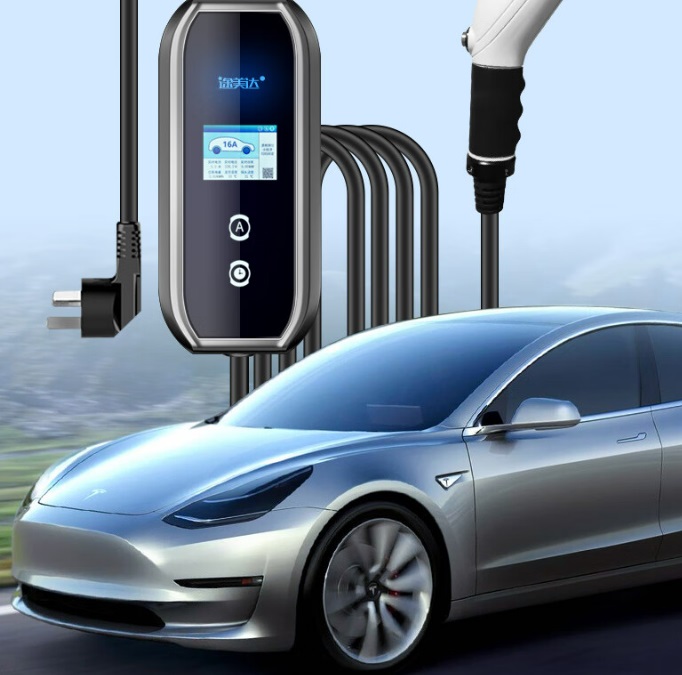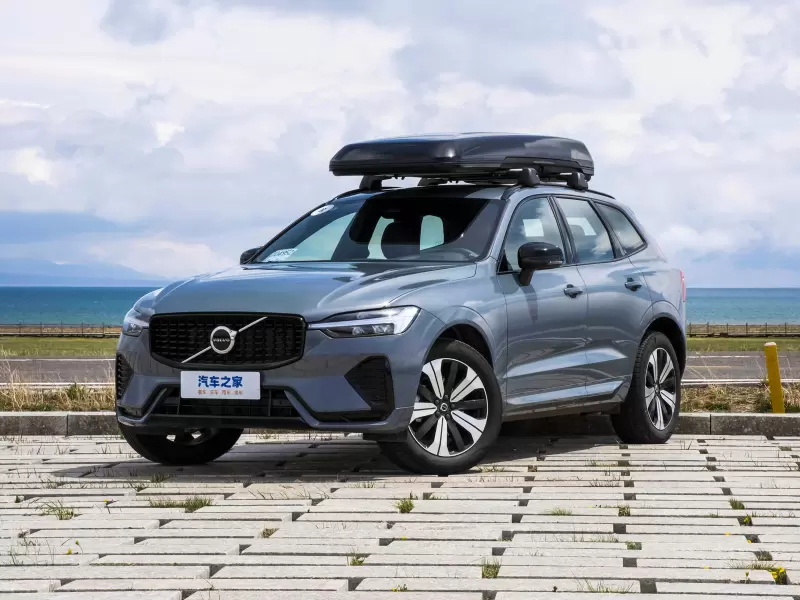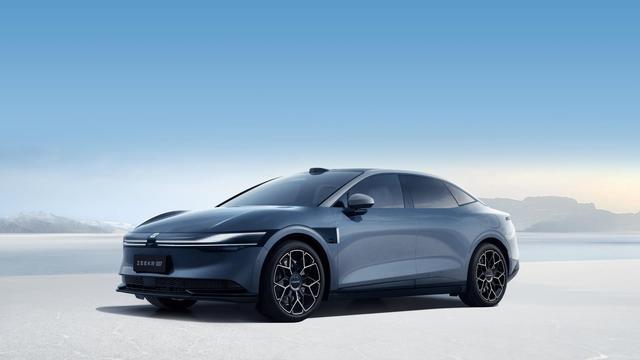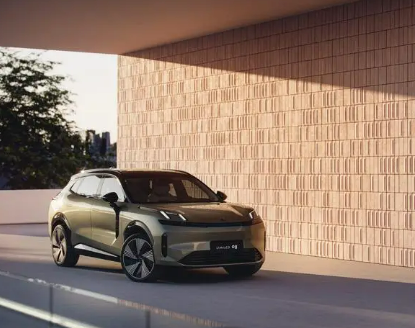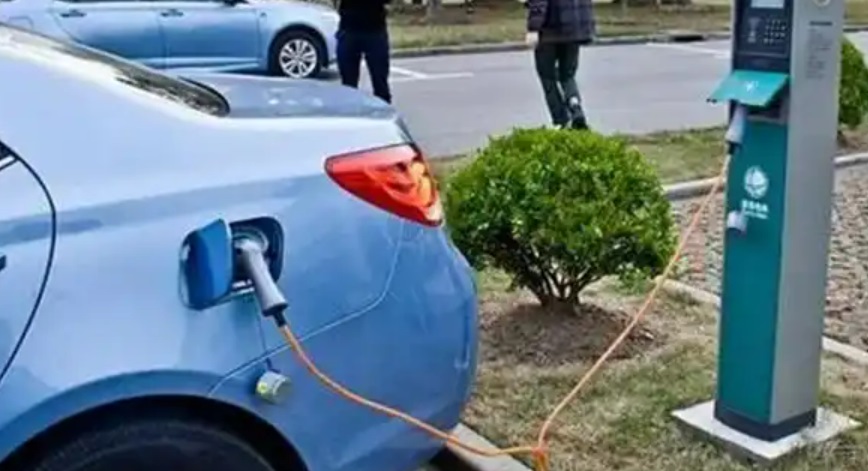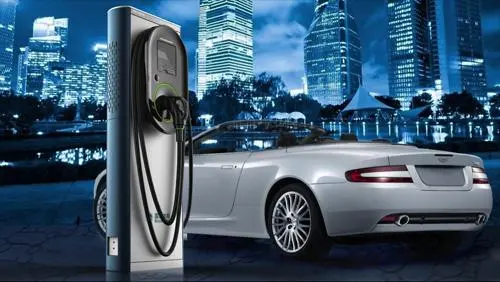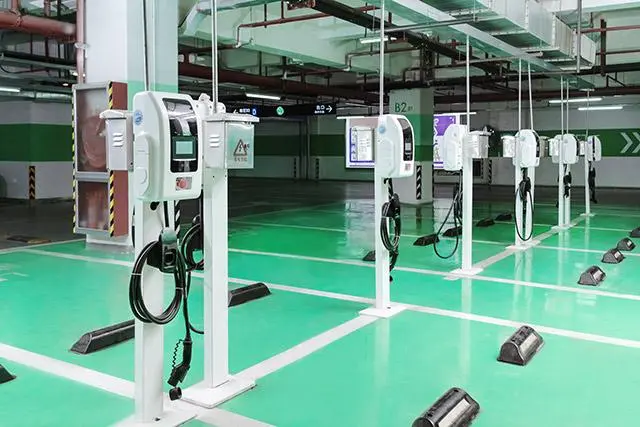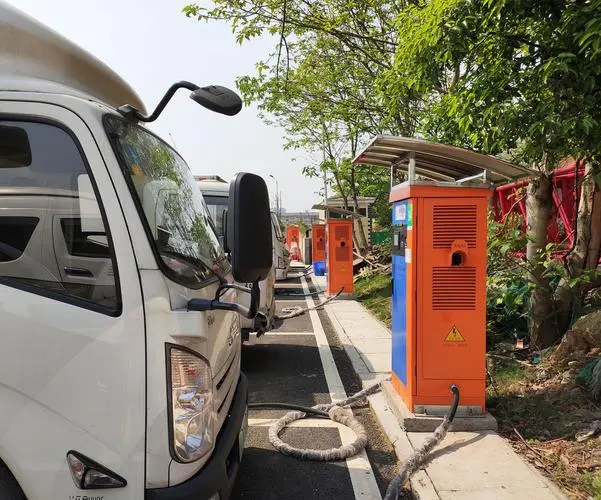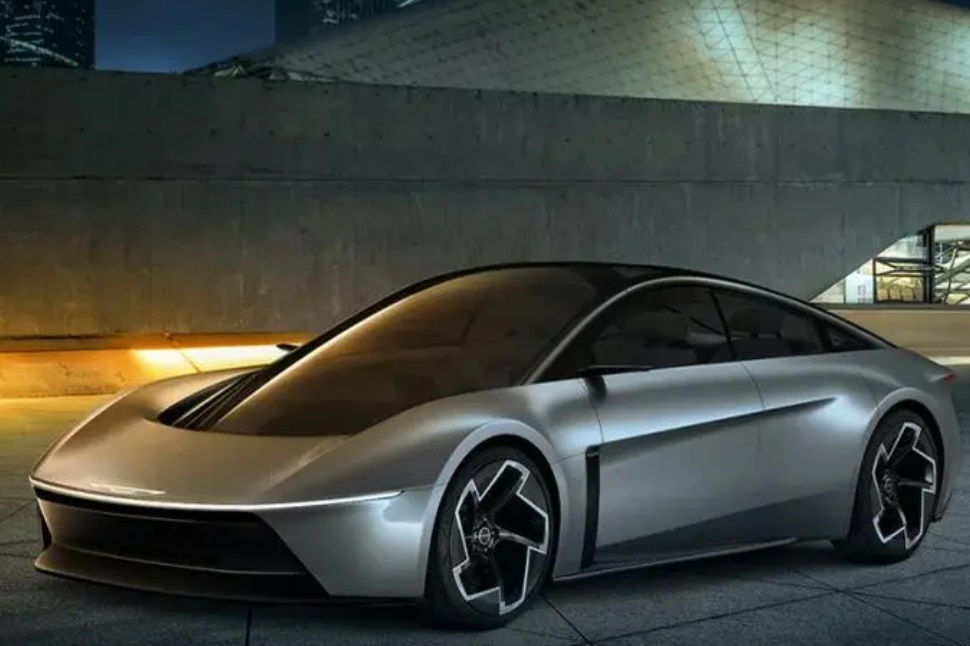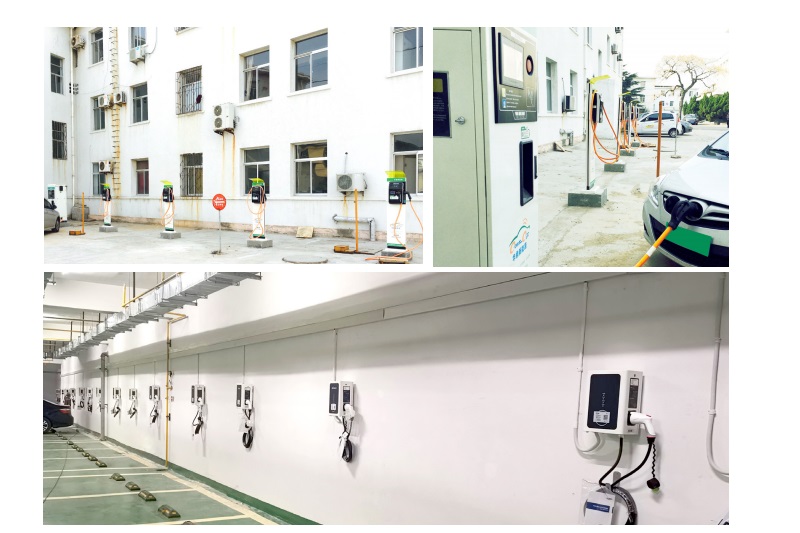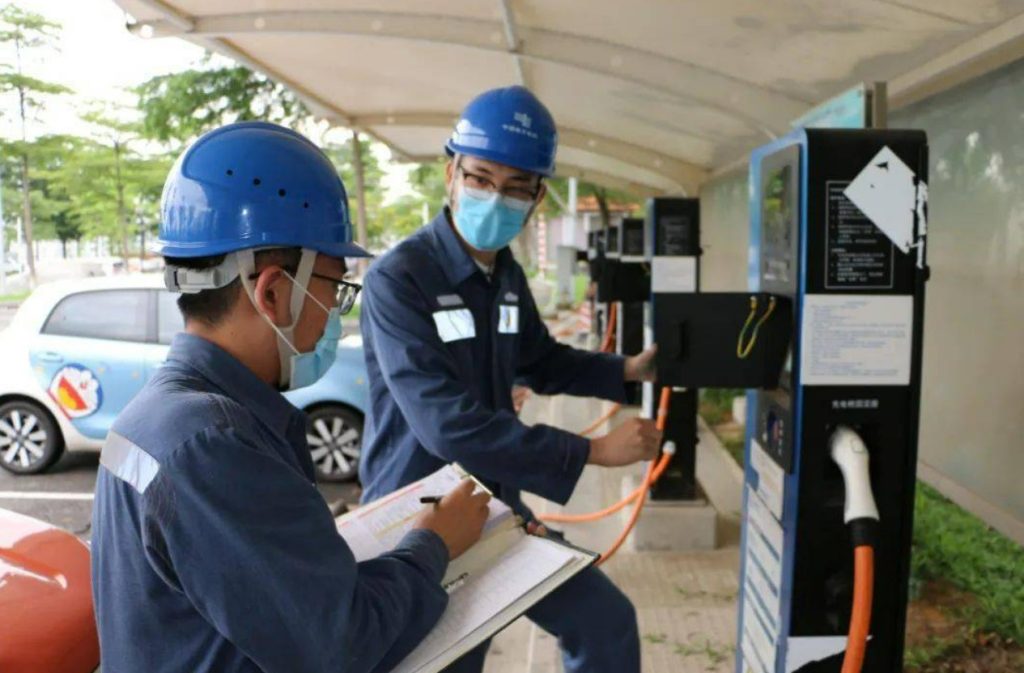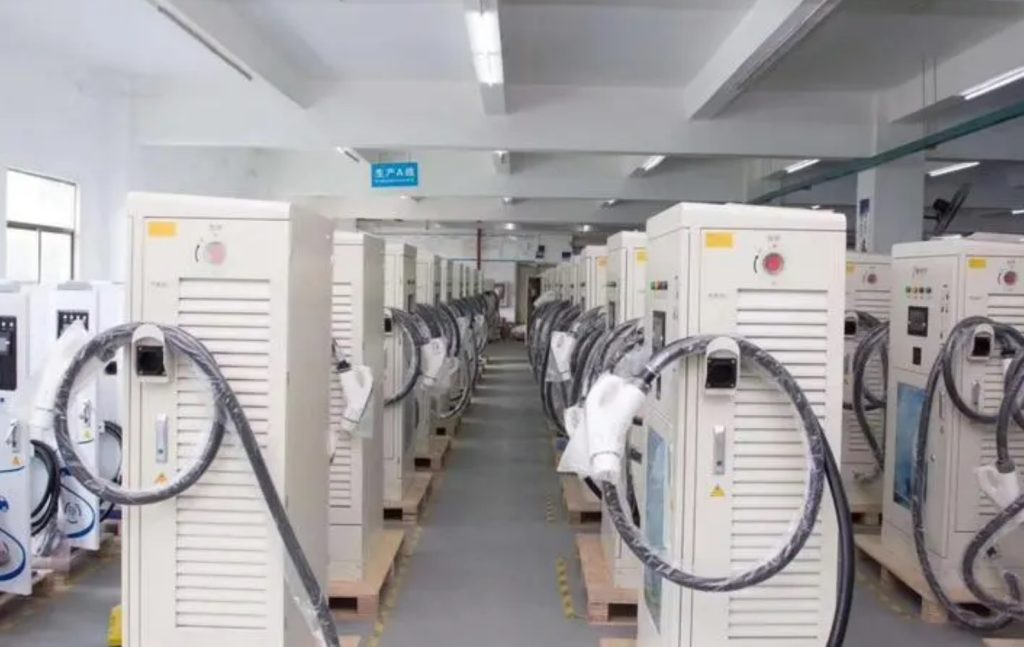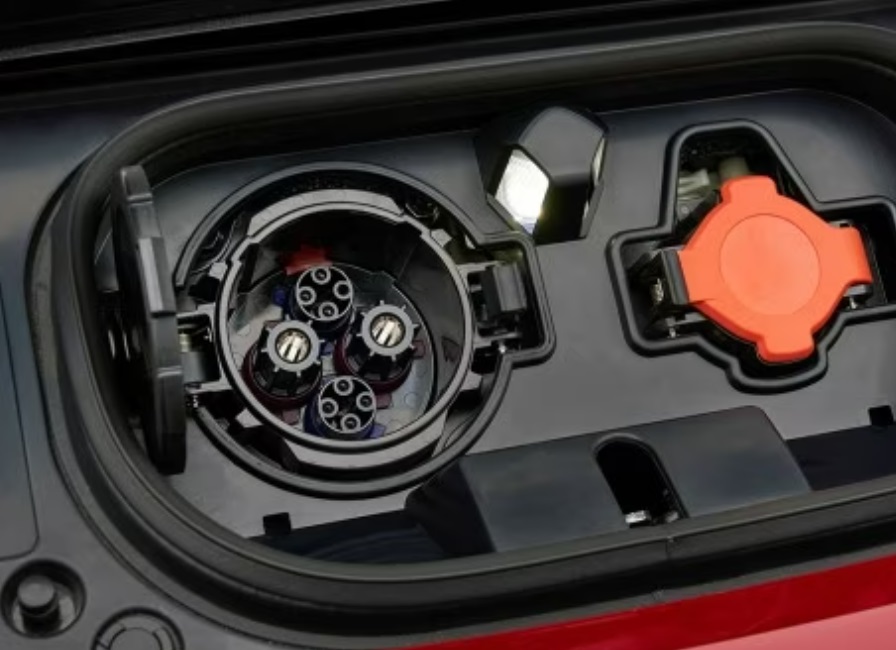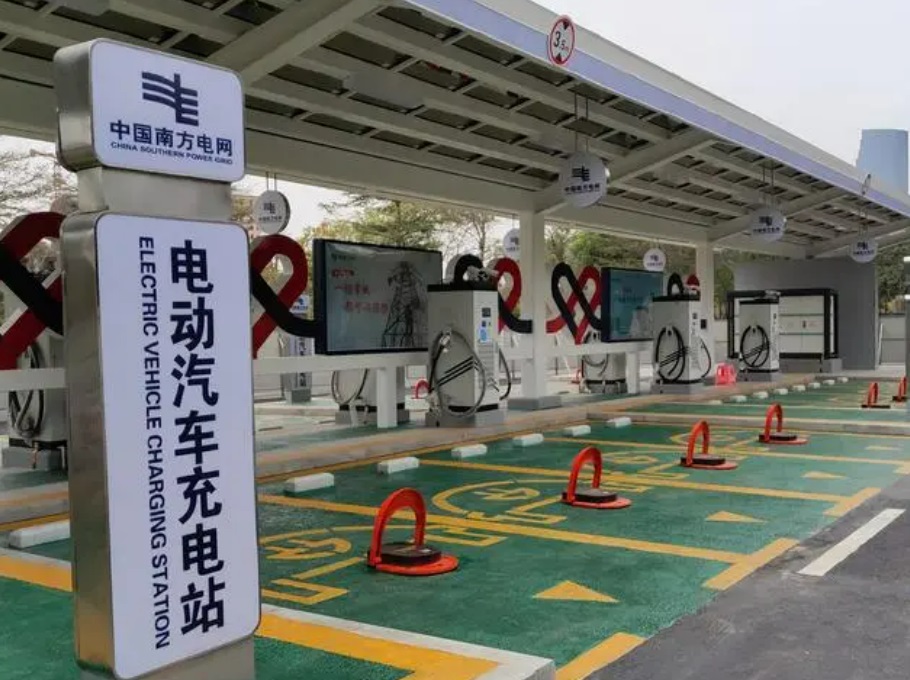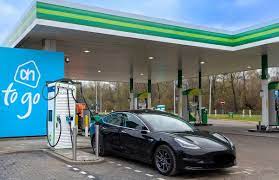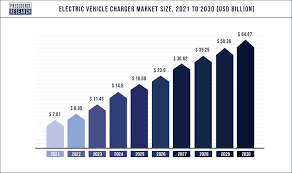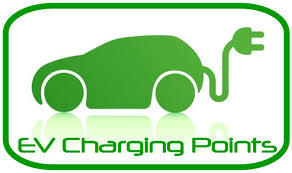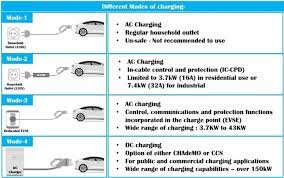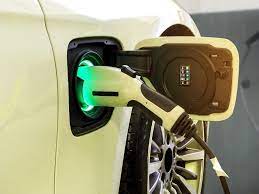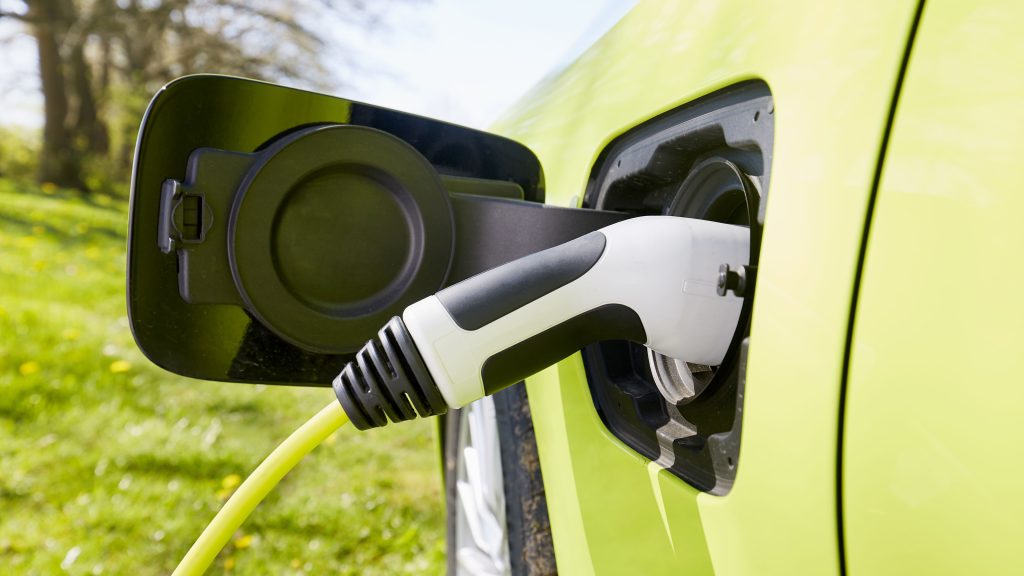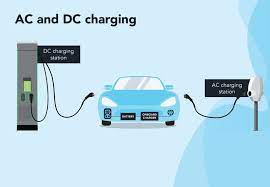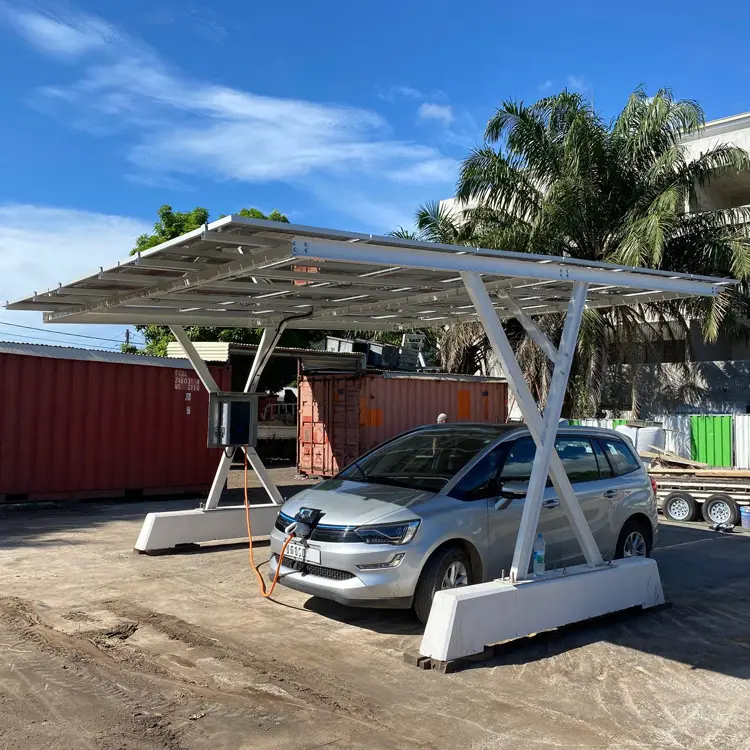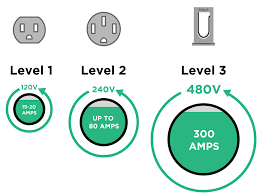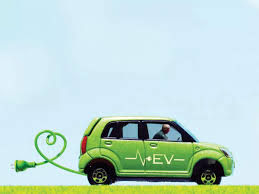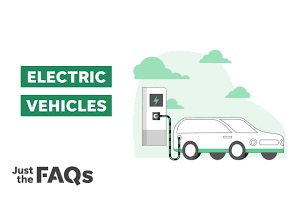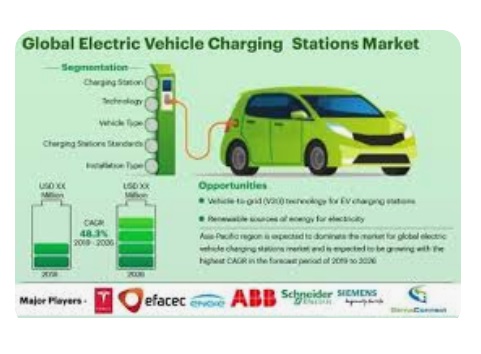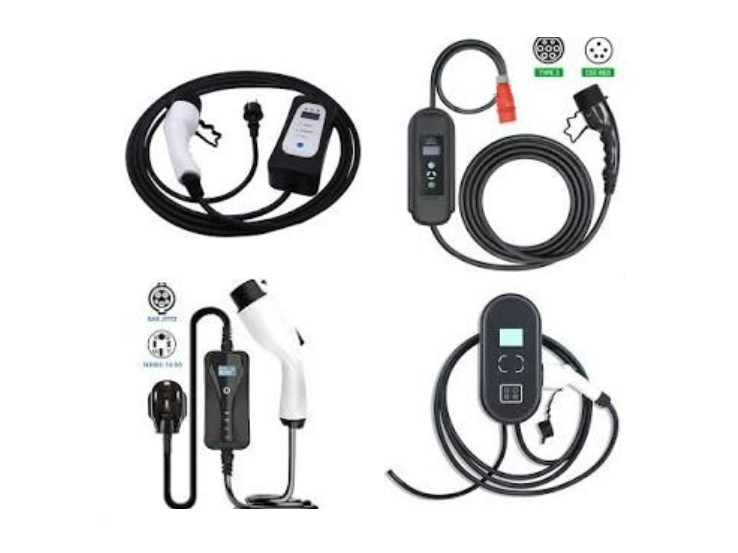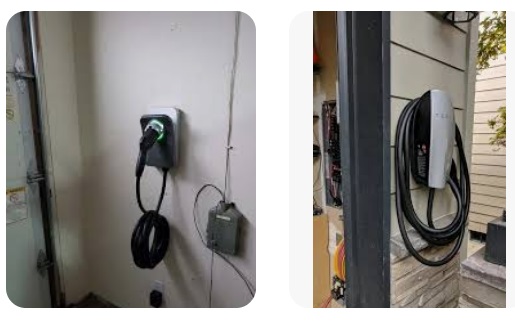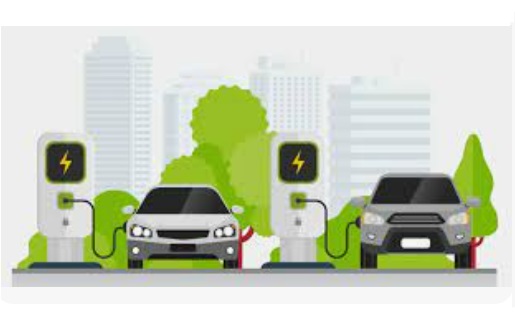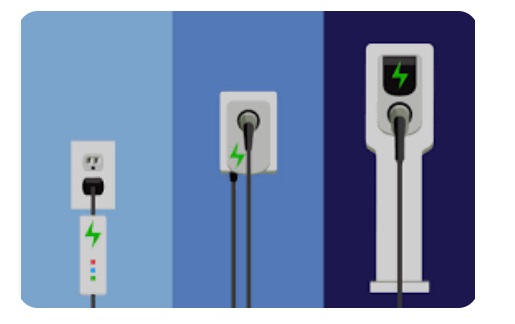Who pays for free ev charging stations?

Who Pays for Free EV Charging Stations?
Governments, automakers, charging stations, and advertisers are the organizations that usually foot the bill for free EV charging stations. These organizations make strategic investments to encourage EV adoption, boost brand loyalty, or increase consumer engagement. Although the word “free” implies there is no outright cost to the driver, different organizations do bear the costs of setting up, running, and maintaining these stations through a variety of business models and subsidies. Knowing who is responsible for paying for these services reveals a complex ecosystem that aims to benefit all parties involved while hastening the shift to electric mobility.
Governments at various levels—local, state, and federal—are significant funders of free EV charging infrastructure. Their primary motivation is to encourage the adoption of electric vehicles as part of broader environmental policies to reduce greenhouse gas emissions and combat climate change. Financial support often comes in the form of subsidies, grants, or tax incentives given to charging station operators or host locations. In the United States, for example, initiatives such as the National Electric Vehicle Infrastructure (NEVI) Formula Program, which was created under the Bipartisan Infrastructure Law, give states a significant amount of money to install EV charging stations. In order to reduce range anxiety and increase the viability of EV ownership, these programs seek to establish a dependable and connected network, especially along highway corridors. Furthermore, some local governments may employ creative funding methods, like the money received from carbon emission trading programs, to subsidize the price of electricity or service fees for charging. This would essentially make it free for the end user while guaranteeing that operators are still paid for their labor.
Another important group that frequently provides funding for free EV charging is automakers, who do so mainly as a value-added service to improve their customers’ ownership experiences. For instance, in the past, Tesla has provided free Supercharging for specific models or as a promotional incentive, covering the expense themselves in an effort to increase car sales and customer loyalty. With the purchase of their electric vehicles, like the ID.4, other manufacturers, like Volkswagen, have teamed up with charging networks like Electrify America to offer free fast charging periods. These initiatives serve as marketing tools to distinguish the brand in a crowded market and lower the customer’s perceived total cost of ownership. The automaker either directly covers the electricity and infrastructure costs or negotiates a bulk agreement with a charging network, embedding the expense into the vehicle’s purchase price or overall marketing budget.
In order to provide users with free charging, charging network operators and advertisers work together to develop creative models. One prominent example is Volta Charging, which places charging stations in busy business districts like malls and supermarkets and makes money by using digital advertising that is shown on big screens built into the chargers. With this model, drivers can interact with sponsored content and charge for free. Customers are likely to shop while their vehicle charges, which increases foot traffic and lengthens dwell times for the host location. Volta receives a portion of the advertising revenue, which goes toward paying for maintenance, electricity, and installation. This results in a win-win situation: drivers get free charging, advertisers reach a captive audience, and the host location attracts additional customers without directly paying for the charging infrastructure.
Free EV charging is occasionally paid for directly by property owners and host locations, including shops, lodging, dining establishments, and parking lots, as a way to draw and keep consumers. In an effort to improve the overall customer experience and promote longer visits, companies such as Costco have experimented with providing free charging to members while they shop. The original free offerings were seen as a competitive advantage, even though some locations have switched to paid charging because of expenses or misuse. Like free Wi-Fi or validated parking, the host site usually pays for electricity use and related expenses. In some cases, the cost might be subtly incorporated into the pricing of goods and services, but it is presented as a complimentary service to drive customer loyalty and increase spending on-site.
Free EV charging stations are also funded by utility companies, frequently as part of pilot projects or programs to control grid demand and encourage off-peak electricity use. In order to support grid stability, collect data on EV charging trends, and promote the use of renewable energy sources, utilities may make investments in charging infrastructure. They can balance load demands and add more renewables to the energy mix by providing free charging at specified times or places. As part of larger investments in grid modernization and emission reduction objectives, the costs are usually recouped through general rate structures or authorized by public utility commissions. This approach helps utilities foster goodwill, meet regulatory requirements, and prepare for increased electricity demand from transportation electrification.
In conclusion, the availability of free EV charging stations is made possible through a collaborative effort among governments, automakers, charging networks, advertisers, host sites, and utilities. Each stakeholder has distinct motivations—whether regulatory, commercial, or environmental—for absorbing the costs associated with providing this service. As the EV market continues to evolve, the prevalence of entirely free charging may fluctuate, but these strategic investments remain crucial for building driver confidence and supporting the widespread adoption of electric vehicles. Understanding who pays for these services highlights the multifaceted approach required to develop a robust and accessible charging infrastructure for a sustainable transportation future.

